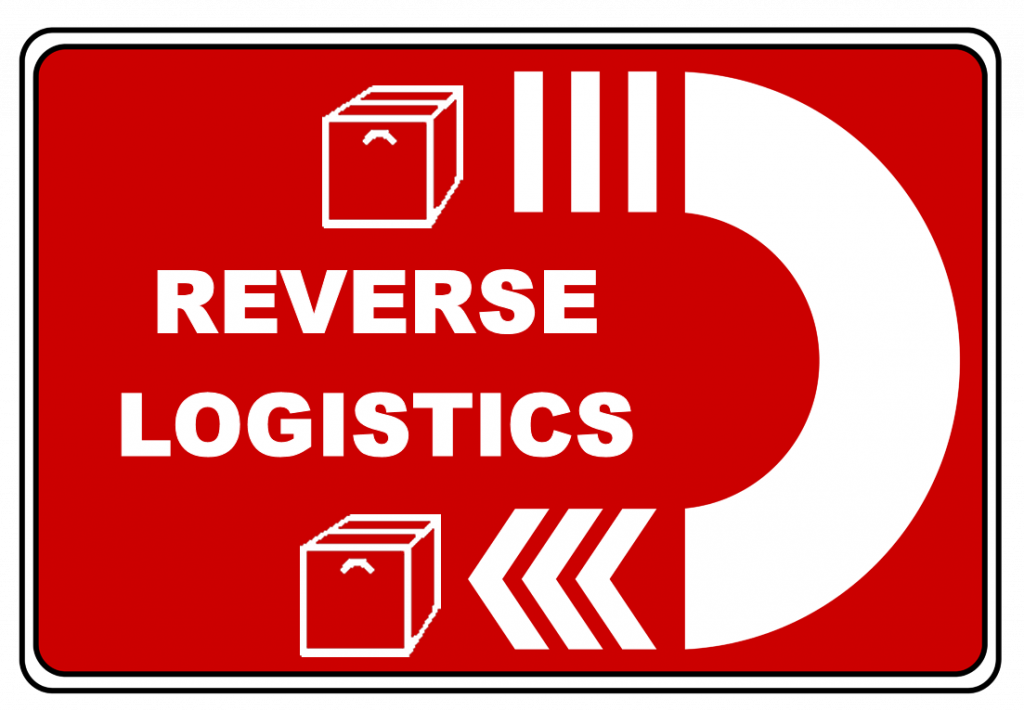Not surprisingly, e-commerce spiked during the dark days of lockdown with physical stores closed and consumers with time on their hands to surf the internet. This dramatic change in consumer shopping habits emphasizes the importance of omnichannel strategies and a resilient supply chain. Hitendra Chaturvedi, a professor at the Supply Chain Department of W.P. Carey School of Business at Arizona State University, writes, “The coronavirus has disrupted U.S. companies in many ways, and nearly three-fourths of them have seen their supply chain significantly affected.”[1] He adds, “Dependence on China for their manufacturing has put small and midsize businesses in jeopardy. The pandemic exposes the vulnerability of companies that rely heavily on a limited number of trading partners. What will result is businesses will look to restructure their global supply chains, and some companies will look at localizing more than they would have in the past. A shift in that direction had already started during the U.S.-China tariff fight.” What Chaturvedi doesn’t address is the fact that the increased use of the digital path to purchase comes with a dramatic increase in consumer returns. While much of the focus during the pandemic has been on obtaining goods, there has not been as much focus on goods being returned. Analysts from SRS Media explain, “With the significant growth in ecommerce purchases, … there will be an inevitable increase in returned items. Average return rates of online orders are 30 percent, as compared to 8.89 percent in brick-and-mortar stores. Therefore, reverse logistics companies are preparing for managing the influx of returned or replaced items during this time.”[2]
Reverse logistics: An inconvenient challenge
Journalist Maghan McDowell (@maghanmcd) calls returns (aka reverse logistics) “an inconvenient challenge” for retailers.[3] She adds, “Bloated returns [during the pandemic] … could place added stress on an already-under pressure e-commerce infrastructure.” While everybody is familiar with the basic concept of returned items, the term reverse logistics might not be quite so familiar. Analysts from GoShare explain, “The term ‘reverse logistics’ was first used in the early 1990s, and refined throughout the decade. Nearly thirty years later, the term has become firmly cemented in the lexicon of supply chain management professionals and the practice of reverse logistics continues to increase in importance to businesses, retailers, and manufacturers. … In the broadest sense of the term, reverse logistics refers to the moving of goods from their typical final destination back into the supply chain. Whereas logistics deals with the process of getting goods to the customer, a reverse logistics system focuses on getting the items back.”[4]
Because returns have become such a prominent feature of online retailing, returns policies and reverse logistics practices have become more important for retailers. Ben Balfour, commercial director with Advanced Supply Chain Group, explains, “In an increasingly competitive industry, retailers can no longer rely on providing the right product at the right price, with customer service taking center ground in the battle for consumers’ hard-earned cash. Retailers that have performed well in recent years have done so by providing a consistently high level of customer service, including fast, efficient delivery alongside a straightforward returns process.”[5] Balfour argues return policies are going to increasingly differentiate companies from their competition. He explains, “Returns currently cost retailers more than £60bn (US$78bn) a year; a figure that will continue to rise thanks to emerging trends such as buy now, pay later. The introduction of ‘try before you buy’ is also likely to become more prevalent; we’re likely to see increasing numbers of retailers offering the service to secure both sales and brand loyalty.” As a result, he asserts, “An intelligent reverse logistics system is essential if the service is to work efficiently, both for the retailer and the customer.”
Because the rise of e-commerce has been accompanied by a rise in product returns, technologies have been developed to help retailers and manufacturers deal with reverse logistics. “There’s no denying that the reverse supply chain can be a complicated matter,” Balfour writes, “but there are better solutions, aided by technology and the capabilities it now offers. Smarter use of technology is essential to handling reverse logistics efficiently and profitably, achieving that careful balance between reducing costs while keeping customers happy, and preventing unnecessary waste while maximizing profit. Retailers should be taking advantage of complete-visibility supply chains, including returned goods. Products should be graded, re-packed, refurbished and returned to prime stock. Where that isn’t possible, the product should be prepared for resale on alternative marketplaces.”
Despite the growing importance of reverse logistics, many companies fail to prioritize its potential. Jim Dempsey, National Sales Manager with Panasonic, explains, “Reverse logistics is nothing new to manufacturers and retailers. For decades, businesses have managed the flow of returned goods and materials, but this process has often been overlooked in favor of order fulfillment and forward logistics. A market projected to reach $603.9bn by 2025, reverse logistics — when optimized — can increase customer satisfaction and even ROI. But while 75 percent of retailers identify it as an important part of the supply chain, only 3 percent name it a key area of investment.”[6]
The pandemic exacerbates reverse logistics challenges
In addition to having to handle an increased volume of returned items during the pandemic, companies must also deal with potential health risks associated with those items. SRS Media analysts explain, “A major concern at the moment is how to manage assets safely in regards to COVID-19. As for now the virus is believed to live on surfaces for hours to days. If you touch that surface and then your mouth, nose or eyes, you may risk exposure. … Researchers have found the coronavirus can live on cardboard for 24 hours, and up to 2-3 days on plastic and stainless steel. When receiving equipment, disinfecting surfaces and letting new packages sit for 24 hours could prove effective.” In addition to sanitizing returned products, employees need to be protected during every phase of the returns process. Among other things, employees should have access to a generous supply of disposable face masks, gloves, and hand sanitizer.
Consumers are expected to continue purchasing more online goods even after the pandemic ends. As a result, retailers and manufacturers should be prioritizing reverse logistics in order to optimize the process. GoShare analysts suggest the following areas should be optimized:
- How returns are transported: “Online retailers will need to decide whether they control the shipping or rely on the customer to ship items back with a carrier of their choice. If they have local stores, a return to store option could be available. Brick and mortar retailers may decide to rely on customers to return the physical item to the store.”
- How returns are processed: “Someone will need to receive and process the return. It should be inspected for damage and use to access whether it qualifies for your return policy and if it can be refurbished and resold.”
- Reintegration into the supply chain: “Goods that can be repurposed should be repackaged, refurbished, placed back into inventory systems, and resold.”
- Track everything: “Keep data on all the steps of your process to identify trends and look for opportunities to improve. You may find a particular product accounts for an unusually high number of returns and decide to stop carrying this item. You may find a certain group of customers is contributing to a higher than normal rate of return, and dive into why that is and how it can be prevented.”
- Find a partner: “There are many companies that specialize in pieces of the reverse logistics process. From shipping companies that can pick up packages to warehouses that can sort and process returned items. If you need help, look to experts that can assist with reducing your costs and simplifying the process.”
Concluding thoughts
Dempsey concludes, “With the rise of e-commerce leading to an influx of returns, products in the supply chain tend to spend more time in reverse channels than in forward channels. The result is increased inventory, transportation and warehousing costs, and ultimately reduced profitability. As this market continues to grow, businesses must respond accordingly or put themselves at risk of being overwhelmed by the volume of returns. By implementing tools and processes such as mobile data collection, predictive analytics, data sharing and spatial planning, manufacturers and retailers can make the most of their returns, and improve both customer satisfaction and ROI.” Companies mastering reverse logistics will undoubtedly fare better than those that don’t in the years ahead.
Footnotes
[1] Hitendra Chaturvedi, “How Companies can Rethink Supply Chains to Deal with Disruptions,” Global Trade, 2 April 2020.
[2] SRS Media, “COVID-19: How is this affecting reverse logistics?” Sims Lifecycle Services, 17 April 2020.
[3] Maghan McDowell, “The inconvenient challenge of online returns,” Vogue Business, 5 May 2020.
[4] Staff, “What is Reverse Logistics?” GoShare, 18 July 2019.
[5] Ben Balfour, “Effective Reverse Logistics: Protecting the Bottom Line and Gaining Competitive Advantage,” Supply Chain Brain, 13 May 2019.
[6] Jim Dempsey, “The Untapped Potential of Reverse Logistics,” Supply Chain Brain, 29 August 2019.





